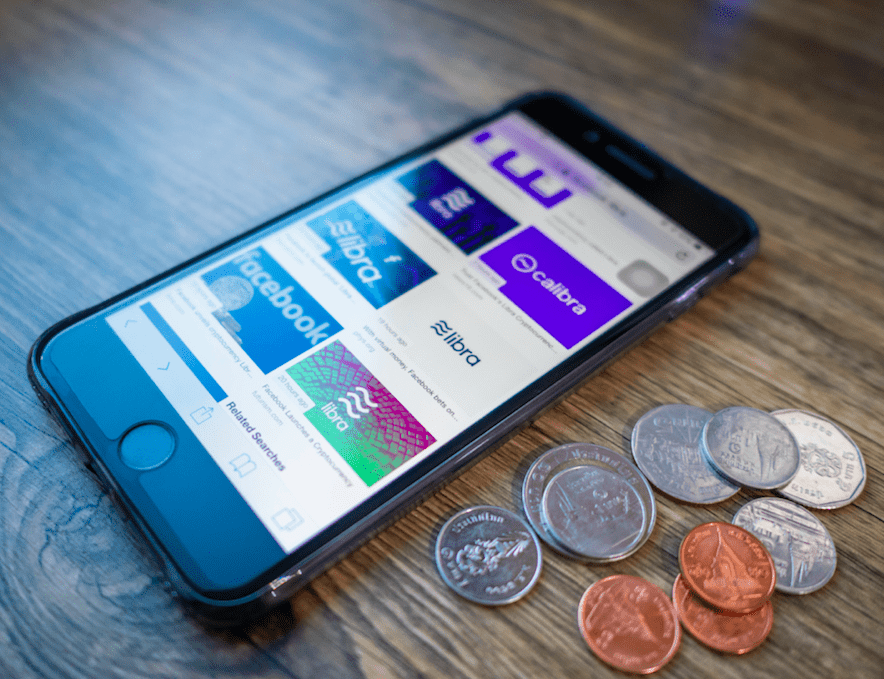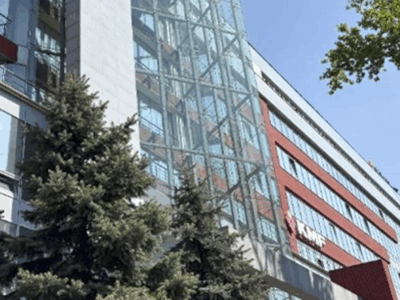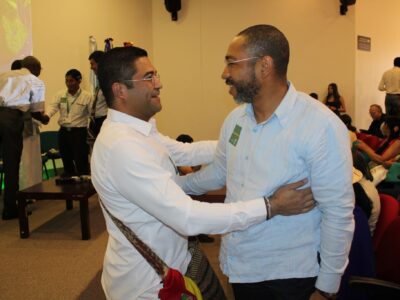
Last week, Facebook announced the launch of a new cryptocurrency, Libra. Libra will be managed by a consortium of firms known as the Libra Association and will fully launch in 2020. In this blog, Heather Bateman and Paul Newall, members of ACDI/VOCA’s Catalyzing Investment Team, discuss Libra and assess its applications in international development.
Facebook made quite an impact with this announcement — some positive and some negative. What are your initial reflections on Libra?
Heather: I’m cautiously optimistic. The data quoted in the white paper on Libra speaks for itself: 1.7 billion adults are excluded from formal financial systems, with significantly more women excluded compared to men. We see this problem manifest itself in many countries where ACDI/VOCA works. Knowing that the majority of these individuals have mobile phones, I agree with the Libra Association that there is huge potential to use these channels to improve financial inclusion for billions.
However, it’s not a “silver bullet” to solving financial exclusion. We see in our work that a lack of digital and financial literacy, steady Internet access, and gendered power dynamics are also inhibitors to increasing financial inclusion. These are costly and complicated parts of the greater enabling environment that must be addressed for Libra to be successful.
What key opportunities does Libra pose? What key pain points could it solve?
Paul: I think there are two main opportunities — one immediate and one yet to be realized. The first is highlighted by Facebook’s massive user base. Per their first quarter earning release, Facebook has 2.4 billion monthly active users spread across the globe. Since Facebook already achieves such significant uptake of their platform, adoption and usage of Libra may not encounter some of the hurdles that we observe in other markets with other digital financial services.
The second opportunity, yet to be realized, is the one provided by the technology itself. Libra will be a smart contract platform, like Ethereum, allowing third-party developers to build decentralized applications on top of its blockchain. This may incentivize entrepreneurs to design and deploy other financial solutions to the billions of potential users already using Facebook.
It would be fair to say that cryptocurrencies have moved along the Hype Cycle to the “trough of disillusionment.” What do you see as some of the key challenges Libra will face?
Heather: The main challenges I see relate to trust. First, end consumers currently excluded from formal financial markets will need to trust that Libra will allow them to transact and save in ways that holistically add value above and beyond the existing financial systems. For a woman in rural Bangladesh, for example, creating an environment where she trusts an intangible cryptocurrency more than individuals in her community that she’s transacted with before could be difficult, although mobile money products are helping make this behavior change easier. Second, knowing that Facebook has had many high-profile data privacy issues, ensuring that users’ financial and transaction data will be protected, and that the system itself will be well-understood to be regulated properly, is already raising questions among financial regulators.
Based on your work at ACDI/VOCA, what are some of the key development impacts that you see Libra potentially creating?
Paul: The clearest use case is for remittances, pending regulatory approval. The international remittance market was valued at $689 billion in 2018, up from $633 billion in 2017 (and these are just the official figures). Couple that with the fact that eight of the 10 countries with the most Facebook users are in developing countries, the use case of Libra for international remittances becomes quite clear.
Heather: I agree with Paul on this one. Channeling remittances through Libra could add billions of dollars back into the economies of remittance receivers. In the Kyrgyz Republic, for example, where ACDI/VOCA works with the United States Agency for International Development (USAID) on several economic development projects, remittances make up nearly 33 percent of the country’s gross domestic product. Eliminating even part of this cost could add up to $175 million back to the Kyrgyz Republic’s economy each year — nearly triple what USAID spends annually on foreign assistance in the Kyrgyz Republic.
Comments







